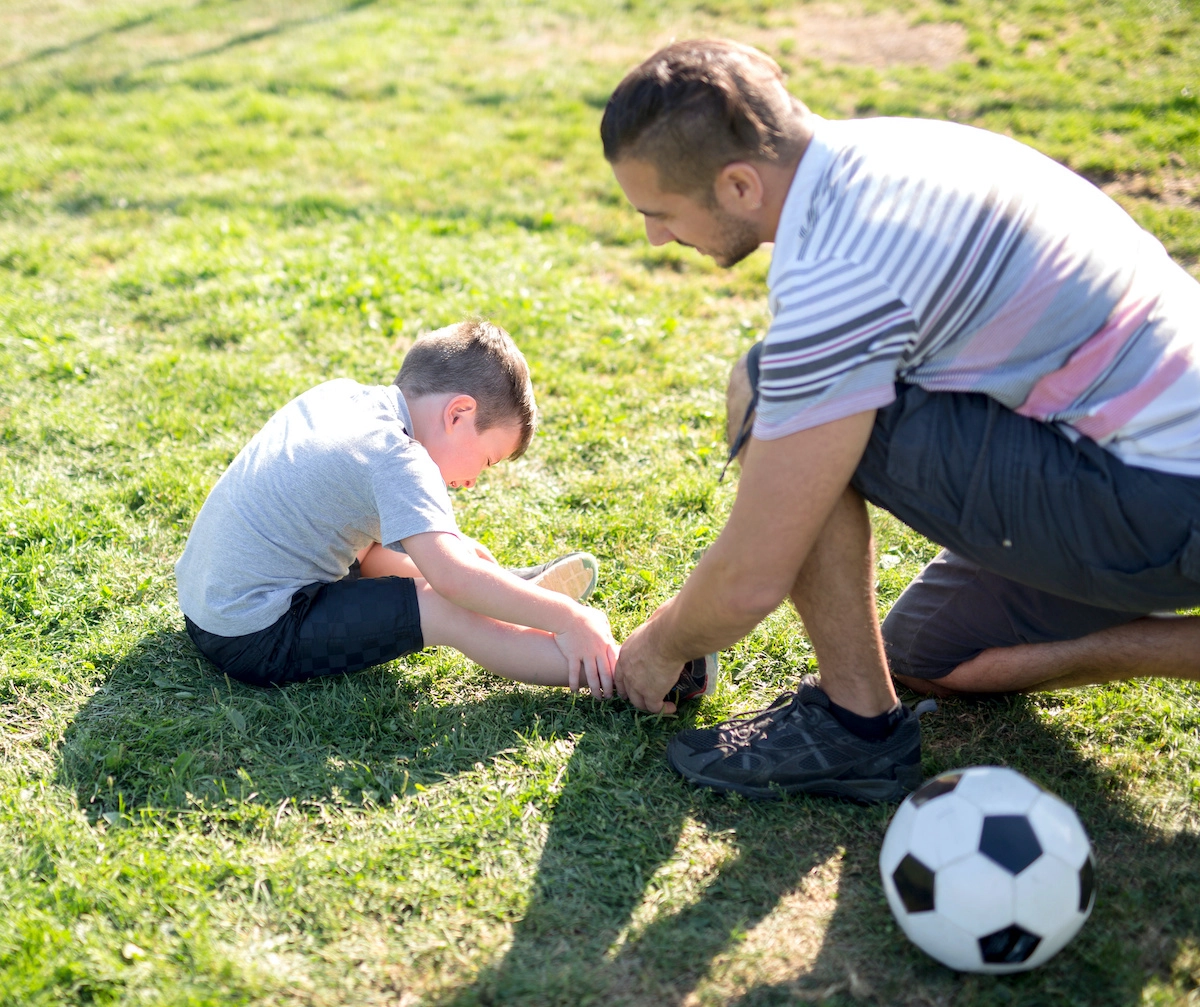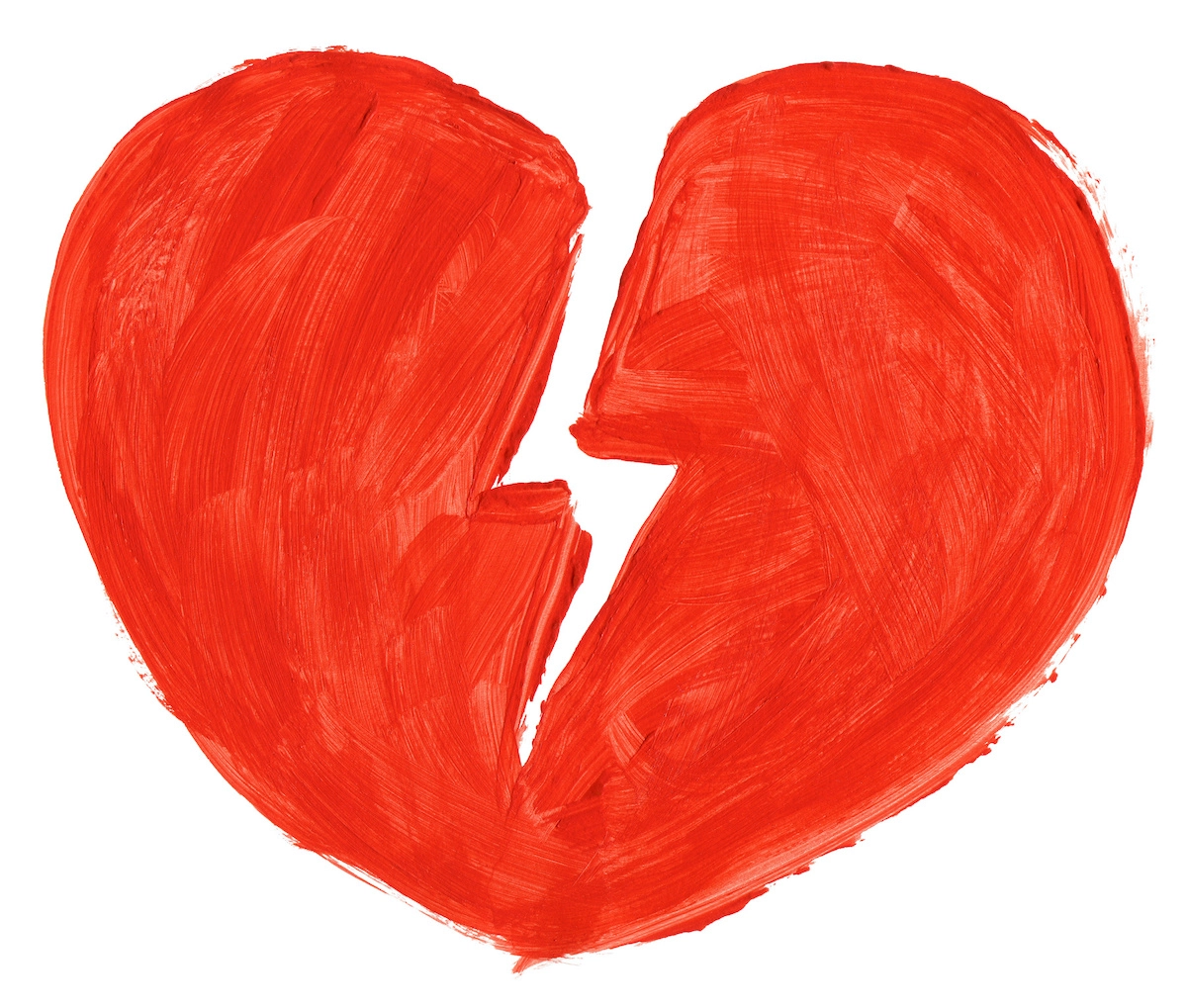
Bumps, bruises, sprains and strains are just some of the minor injuries a young athlete could suffer when playing a sport.
But how can a parent tell if their child’s injury is more serious?
“Anytime a child is complaining of pain, that complaint needs to be taken seriously. So, if something is not responding to conservative management within a day or two days, I would have no hesitation to bring your child in to be seen for a formal evaluation by your medical provider,” said Michael Dakkak, MD, sports medicine physician for Cleveland Clinic.
Dr. Dakkak said when it comes to an injury like a sprain, it may be worse than a parent thinks.
In fact, children are more likely to have a fracture than a sprain. That’s because their ligaments are stronger than their bones.
Concussions are also tricky to detect since symptoms are wide ranging.
For example, they can include dizziness, fogginess, headaches, blurry vision, nausea, vomiting, and changes in behavior.
Dr. Dakkak said if you suspect your child has a concussion, you should take them in for a medical evaluation.
However, if it’s clear your child has a minor injury, like some swelling or bruising, then it’s okay to treat at home.
“In terms of treatment at home, we always want to remember the pneumonic ‘PRICE’. Protect the area, rest the area, ice the area, compress the area and elevate the area,” he explained.
Dr. Dakkak said sometimes kids may not want to admit how much pain they’re in, so it’s up to parents to be vigilant.
If they’re making faces or grimacing when you’re examining the area, chances are they’re more hurt than they’re letting on.












